Howdy fellow nature enthusiasts!
If you’re as fascinated by the diverse wildlife of Texas as I am, then you’ll surely be thrilled to delve into the captivating world of owls that call this Lone Star State their home.
From the mysterious Eastern Screech-Owl to the majestic Great Horned Owl, join me as we explore 15 incredible owl species that grace the skies of Texas.
Let’s embark on this avian adventure and unravel the secrets of these mesmerizing nocturnal creatures.
Get ready to be owl-inspired!
| Image | Bird | Features | Price |
|---|---|---|---|
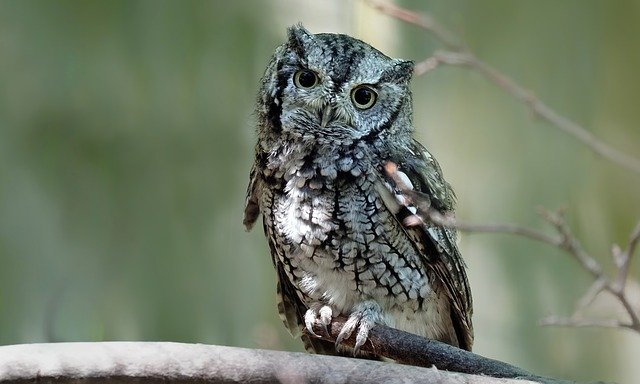 |
| 9.7 | Check Price |
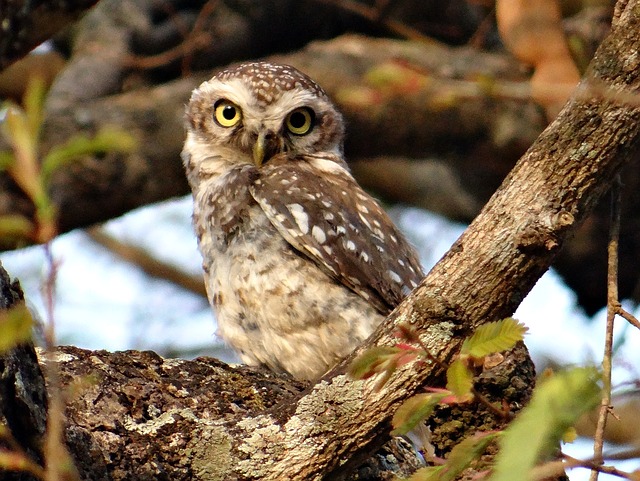 |
| 9.5 | Check Price |
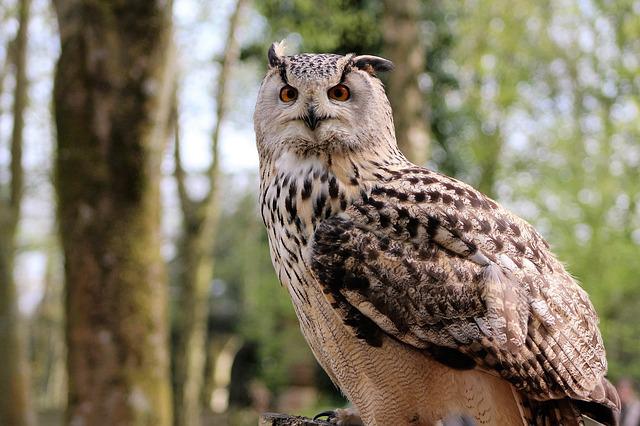 |
| 9.1 | Check Price |
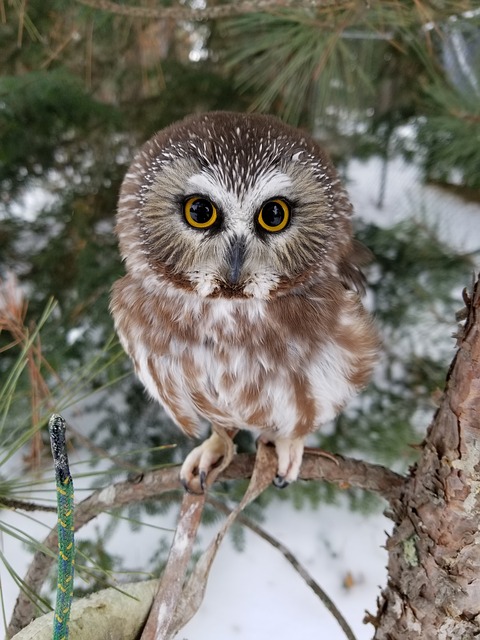 |
| 8.8 | Check Price |
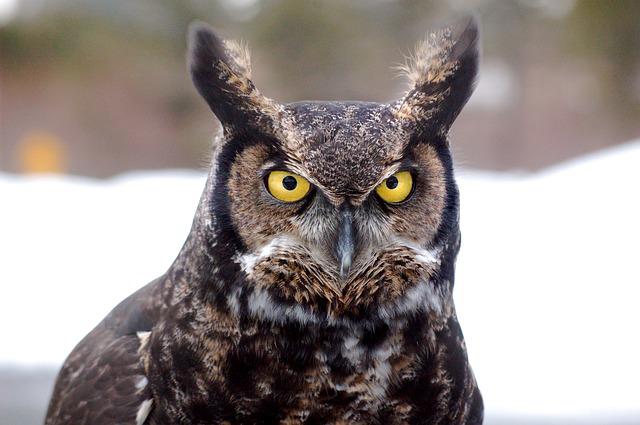 |
| 8.6 | Check Price |
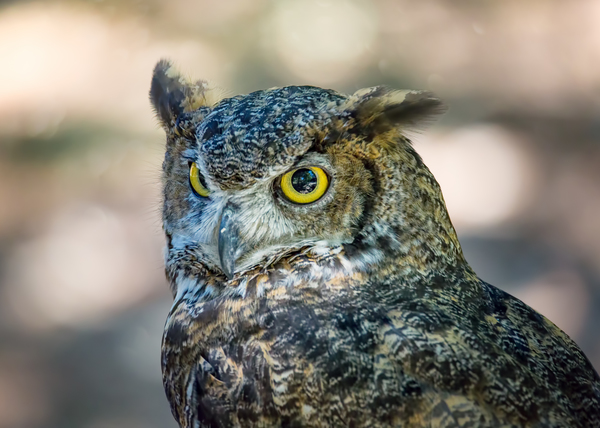 |
| 8.2 | Check Price |
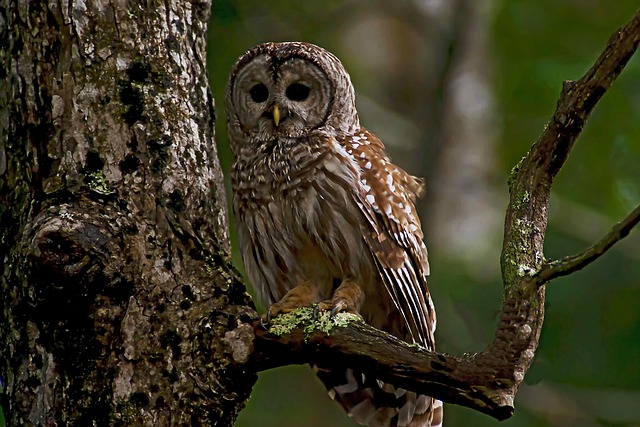 |
| 8 | Check Price |
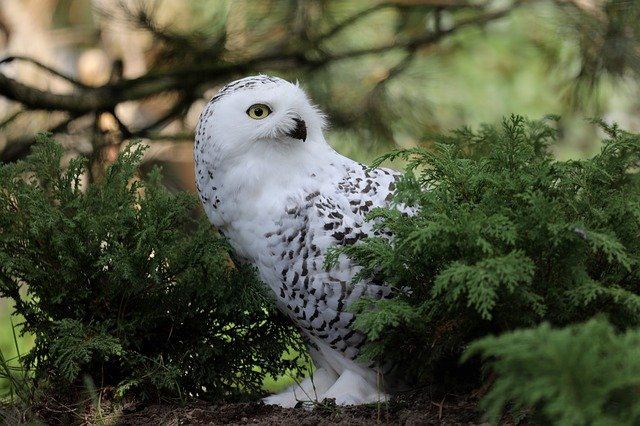 |
| 7.7 | Check Price |
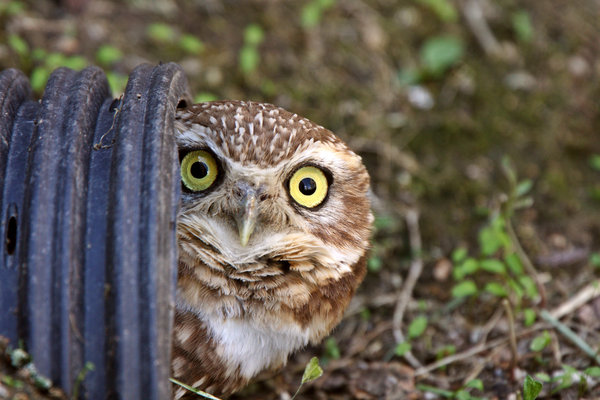 |
| 7.4 | Check Price |
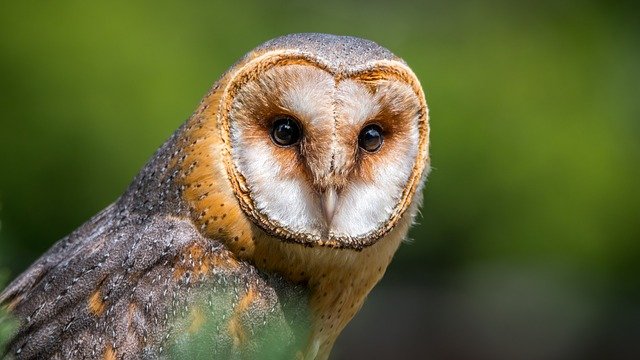 |
| 7.2 | Check Price |
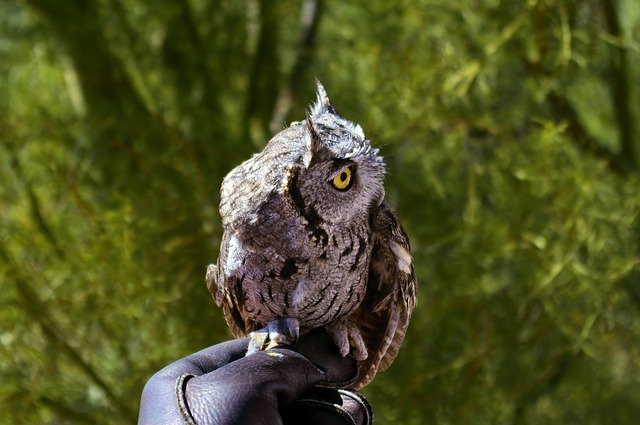 |
| 9.5 | Check Price |
 |
| 9.5 | Check Price |
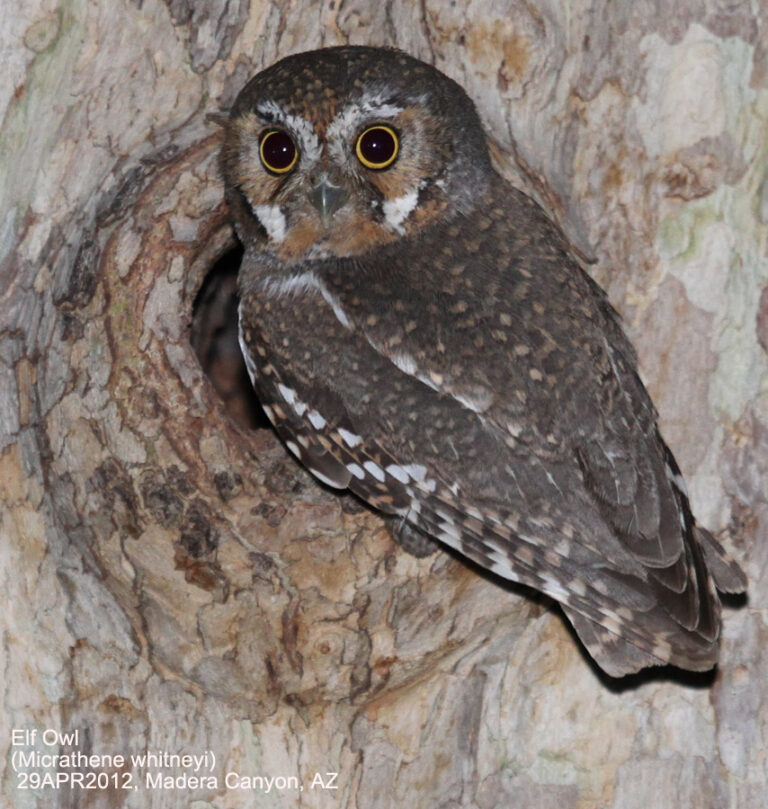 |
| 9.5 | Check Price |
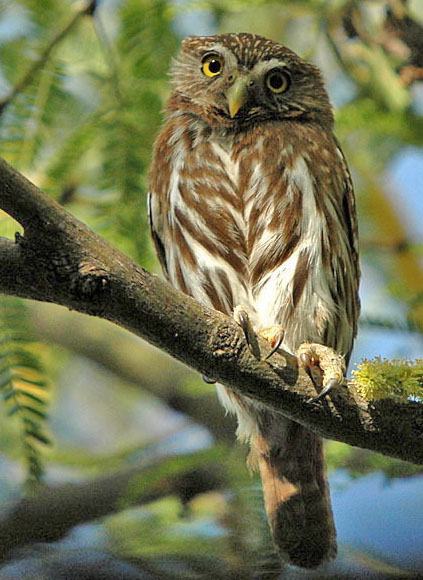 |
| 9.5 | Check Price |
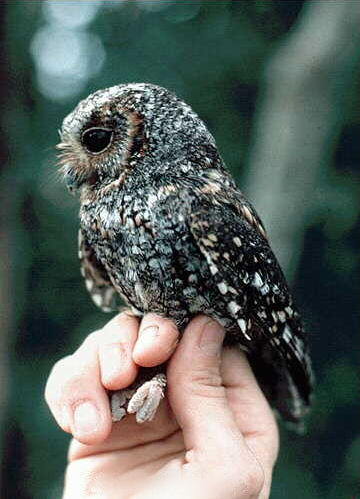 |
| 9.5 | Check Price |
If you don’t have the time to read the whole article, check out this video on Owls in Texas for a quick understanding.
Types of Owls in Texas
1. Eastern Screech Owl

Eastern Screech Owls live in Texas’ eastern woods, woodlands, clearings, parks, and even the suburb.
These owls are little, averaging barely 6 inches in length, and are rarely observed during the day.
They’re one of Texas’ most nocturnal owls, Eastern Screen Owls exist in two colors: red morph and grey morph, and both can be seen in the same brood.
Their distinctive characteristics are their Ear tufts, proportionately enormous heads, and large, golden eyes.
Because Eastern Screech Owls are about the size of a robin, their diet is confined to midnight bugs, tiny animals, small reptiles, and also tiny fishes.
Below are the characteristics of the Eastern Screech Owl,
| Scientific Name | Megascops asio |
| Family Name | Strigidae |
| Length | 6.3 – 9.8 in |
| Weight | 4.3 – 8.6 oz |
| Wingspan | 18 – 24 in |
| Habitat | Woodlands, Forests, Parks |
| Food | Small mammals, Birds, Insects, and Amphibians |
2. Spotted Owl

The white and brown markings on the Spotted Owl’s belly, head, and back give it its name.
Their skin is a dusky-chestnut brown, and their eyes are entirely black.
Spotted Owls are only found in the western wooded areas of Texas, and they are becoming increasingly rare.
This is due to deforestation and competition with the Barred Owl for territory.
Spotted Owls are known to consume tiny reptiles, bats, and sometimes small birds and small rodents like a mouse, voles, squirrels, and woodpeckers.
These owls prefer lofty and cool environments, such as trees and cliffs.
Below are the characteristics of the Spotted Owl,
| Scientific Name | Strix occidentalis |
| Family Name | Strigidae |
| Length | 17 – 19 inches |
| Weight | 1.1 – 2.2 lbs |
| Wingspan | 42 – 45 inches |
| Habitat | Old-growth forests, Coniferous woodlands |
| Food | Small mammals like rodents, birds, and insects |
3. Long-eared Owl

The Large-Eared Owl is well known for its huge feather tufts on its head, sometimes known as “long ears.”
They do not reproduce in Texas.
Thus, sightings are uncommon, although they have been seen occasionally in the Northern states.
With their comparable ear tufts, the Long-eared Owl is sometimes confused for the Great Horned Owl.
However, the Long-eared Owl is about a foot smaller.
Long-eared Owls also have characteristic orange facial discs, and their ‘ear’ tufts are closer together than Horned Owls.
Long-eared Owls communicate by making a succession of low hoots and meowing.
They prowl at night, flying low to the ground in pursuit of their unlucky victim, rodents.
Long-eared Owls enjoy wooded areas, particularly pine trees, where they sit near the trunk.
Below are the characteristics of the Long-eared Owl,
| Scientific Name | Asio otus |
| Family Name | Strigidae |
| Length | 13 – 16 inches |
| Weight | 7.8 – 15.3 oz |
| Wingspan | 35 – 39 inches |
| Habitat | Woodlands, Forests, Grasslands, Wetlands |
| Food | Small mammals, Birds, Insects, and Amphibians |
4. Northern Saw-whet Owl

The Saw-whet Owl gets its name from its most peculiar vocalizations: a scraping sound that sounds like a saw being sharpened!
They usually emit a succession of quiet hoots, holding their saw-whet sound for when they are in danger.
Woods and forests, particularly coniferous forests with pine and fir, are where these birds thrive.
They frequently relocate into holes dug, utilized, and abandoned by woodpeckers, particularly the Northern Flicker.
Their sighting in Texas is uncommon but not impossible.
These little owls’ dark-brown backs, white eyebrows, and light brown cheeks rarely surpass 7-8 inches in length.
Deer Mice are a favorite diet of theirs, and they devour a variety of rodents.
Below are the characteristics of the Northern Saw-whet Owl,
| Scientific Name | Aegolius acadicus |
| Family Name | Strigidae |
| Length | 7 – 8 inches |
| Weight | 2.3 – 5.3 oz |
| Wingspan | 16 – 18 inches |
| Habitat | Coniferous forests, Mixed woodlands, Wooded areas |
| Food | Small mammals like mice, voles, and small birds |
5. Great Horned Owl

The Great Horned Owl is a mottled gray-brown bird with a reddish-brown face as well as a white patch on its neck.
The Great Horned Owl is Texas’ biggest owl, and it may be seen year-round across the state.
Due to its big size, bright eyes, and “horns,” which are spikes of feathers that jut along either side of the head, this Owl is among the most widespread and recognized in North America.
Deserts, Forests, marshes, and urban environments, including city parks, are all places where these owls may be found.
Their plumage varies in hue across the country, although they tend to be lighter and grayer in the southwest than elsewhere.
The two plumes of feathers that mimic horns or ears on the heads of great-horned owls are their most distinctive feature.
These owls are vicious predators who go for everything smaller than themselves.
Squirrels, small rodents, rabbits, skunks, and various birds fall into this category.
Below are the characteristics of the Great Horned Owl,
| Scientific Name | Bubo virginianus |
| Family Name | Strigidae |
| Length | 18 – 25 inches |
| Weight | 2 – 5.5 lbs |
| Wingspan | 3.3 – 4.8 feet |
| Habitat | Various habitats, from forests to urban areas |
| Food | Mammals (rabbits, rodents), Birds, Reptiles, Amphibians |
6. Northern Pygmy-Owl

The Northern Pygmy-Owl is a little owl with a round body and a spherical head.
It has brown feathers with white speckles and patches on them.
During the breeding season, these birds are monogamous, mating with only one other individual.
It is uncertain whether or not they form long-term breeding partnerships.
Males have a distinctive tooting cry to entice females into their area.
Because these birds are so small, they are typically prey for larger owl species.
Northern Pygmy-Owls hunt throughout the day to avoid interaction with other owls as a result of this predation.
These birds build their nests in woods and can be found in various habitats.
During the winter, they have been known to migrate to residential areas.
These birds do not follow a strict migratory pattern, but they do occasionally migrate south in the winter.
However, they are not frequent visitors to Texas and have only been sighted during the winter months.
This owl’s very uncommon sightings have all occurred in the state’s far west.
Below are the characteristics of the Northern Pygmy-Owl,
| Scientific Name | Glaucidium gnoma |
| Family Name | Strigidae |
| Length | 6 – 7 inches |
| Weight | 2.3 – 2.8 oz |
| Wingspan | 12 – 16 inches |
| Habitat | Coniferous and mixed forests, Woodlands |
| Food | Small birds, Insects, and Small mammals |
7. Barred Owl

They have a light grey look with black streaks all around.
Their eyes are completely black, with no apparent pupil, indicating that they are strictly nocturnal creatures who do not tolerate strong light.
Barred owls are stocky, round owls with short tails.
Their heads are sleek and tuftless, and their eyes are large, almond-shaped, dark brown, and virtually black.
They are occasionally confused for Spotted Owls or Barn Owls due to their similar eyes.
Barred Owls may be found in mature deciduous and evergreen woods in Eastern Texas, where they contend with other owls.
Squirrels, chipmunks, mice, and tiny reptiles are among their favorite foods.
Below are the characteristics of the Barred Owl,
| Scientific Name | Strix varia |
| Family Name | Strigidae |
| Length | 16 – 24 inches |
| Weight | 1.1 – 2.3 lbs |
| Wingspan | 3.3 – 3.8 feet |
| Habitat | Forests, Woodlands, Swamps, Riparian areas |
| Food | Small mammals, Birds, Reptiles, Amphibians, Fish |
8. Snowy Owl

Snowy Owls are found only in the polar tundra and are extremely rare in Texas.
However, they may appear in the North once in a blue moon!
These beautiful birds are known all over the world for their unusual appearance.
They are fairly huge, with a wingspan of 4-5 feet and a length of nearly 2 feet.
Huge birds with dazzling yellow eyes and pristine white feathers barred with brown or black they’re a sight to behold.
Lemmings are their favorite food, although they will also eat hares, fish, mice, and smaller birds.
While Snowy Owls aren’t particularly loud, they may hoot, hiss, and whistle when they’re in danger.
Their length is 2.1 to 2.4 feet, and they weigh almost five pounds.
Their wingspan range is four to five feet.
Below are the characteristics of the Snowy Owl,
| Scientific Name | Bubo scandiacus |
| Family Name | Strigidae |
| Length | 20 – 28 inches |
| Weight | 3.5 – 6.6 lbs |
| Wingspan | 4.2 – 4.8 feet |
| Habitat | Arctic tundra, Open grasslands |
| Food | Lemmings, Small mammals, Birds, and Fish |
9. Burrowing Owl

The Burrowing Owl may be found in Western Texas and the Panhandle.
This Owl is energetic all day long and may be seen in pastures, plains, meadows, and other areas where burrows and dens can be found underground.
It’s because Burrowing Owls build their nests in abandoned houses.
Burrowing Owls have brilliant yellow eyes and a sandy-brown coloration; however, they can be lighter or darker.
They also have extremely long legs, which allow them to swiftly cover ground or pop their heads out of their burrows to look for danger.
Below are the characteristics of the Burrowing Owl,
| Scientific Name | Athene cunicularia |
| Family Name | Strigidae |
| Length | 7.5 – 10 inches |
| Weight | 5.3 – 8.8 oz |
| Wingspan | 18 – 24 inches |
| Habitat | Grasslands, Prairies, Desert areas |
| Food | Insects (grasshoppers, beetles), Small mammals |
10. Barn Owl

Barn Owls may be spotted all year in Texas.
They are mostly found in open areas, including meadows, fields, ranch/agricultural land, and woodland strips.
They like to build their nests in cracks and crannies.
Barn Owls breed all year and may be found throughout Texas.
They are exclusively nocturnal, like many owls.
You may hear and see their creepy, drawn-out screeches at nightfall and watch them swooping overhead.
Below are the characteristics of the Barn Owl,
| Scientific Name | Tyto alba |
| Family Name | Tytonidae |
| Length | 12 – 15 inches |
| Weight | 10.6 – 24.7 oz |
| Wingspan | 39 – 49 inches |
| Habitat | Grasslands, Farmlands, Wooded areas |
| Food | Small mammals (mice, voles), Birds, Insects |
11. Western Screech Owl

Western Screech-Owls have a really adorable, round, stocky look.
They are brown, grey, or reddish in color and have large, expressive eyes and short ear tufts.
Gray stripes may be seen on the stomachs of these birds, and their beak is tiny and black.
These owls may be found in the Trans-Pecos as well as eastward on the plateaus and forests of Stockton and western Edwards.
Western Screech-Owls can only eat tiny rodents, reptiles, and insects since they are so little.
They usually hunt in the dark, and their characteristic shrieking cry may be heard.
Western Screech-Owls may be seen all along the western coast of North America and several western states.
Their range extends into Texas in the far western reaches of the state.
Screech-Owls are little birds, just 7-10 inches tall.
They build their nests in tree holes in both urban and rural locations.
They’ve also been observed in urban backyards using owl boxes.
Their wonderfully camouflaged plumage makes them difficult to spot when hiding within tree crevices.
Western Screech-Owls may be found all along the western coast of North America and in several western states.
Their range extends into Texas in the far western reaches of the state, including El Paso and the Big Bend National Park region.
Screech-Owls are little birds, at just 7-10 inches tall.
They’ve also been observed in urban backyards using owl boxes.
Below are the characteristics of the Western Screech Owl,
| Scientific Name | Megascops kennicottii |
| Family Name | Strigidae |
| Length | 8.5 – 10.2 inches |
| Weight | 4.3 – 8.6 oz |
| Wingspan | 21.6 – 24.4 inches |
| Habitat | Woodlands, Forested areas, Riparian zones |
| Food | Small mammals (mice, shrews), Birds, Insects |
12. Short-eared Owl

These elegant prairie hunters are drawn to wide-open meadows.
They may be observed flying low over grassy fields immediately before sunset and sweeping back and forth at daybreak.
These owls are crepuscular, meaning they are awake at dawn and dusk rather than fully nocturnal.
They also might come to the surface to prey in the midst of the day on gloomy days.
Short-eared owls might be difficult to spot because of their small numbers in Texas and their tendency to avoid metropolitan areas.
They prefer large stretches of open, unspoiled land with little trees.
This species can only be found in Texas during the winter.
They are rarely seen in Texas during the spring and fall seasons, but they may appear on occasion.
Grasslands, meadows, and wide, natural woodland clearings are all favorites of these owls.
The Short-eared Owl is an adventurous eater who may eat rodents, mice, and even smaller birds.
These owls aren’t especially loud, only hooting and barking or shrieking to ward off predators.
They have light-colored cheeks with brilliant yellow eyes, no ear plumes, and unusually ruffled feathers.
In the fading light, they may be seen soaring low over fields.
Below are the characteristics of the Short-eared Owl,
| Scientific Name | Asio flammeus |
| Family Name | Strigidae |
| Length | 13.4 – 16.9 inches |
| Weight | 7.3 – 16.8 oz |
| Wingspan | 33.5 – 40.5 inches |
| Habitat | Grasslands, Marshes, Tundra, Farmlands |
| Food | Small mammals (voles, mice), Birds, Insects |
13. Elf Owl
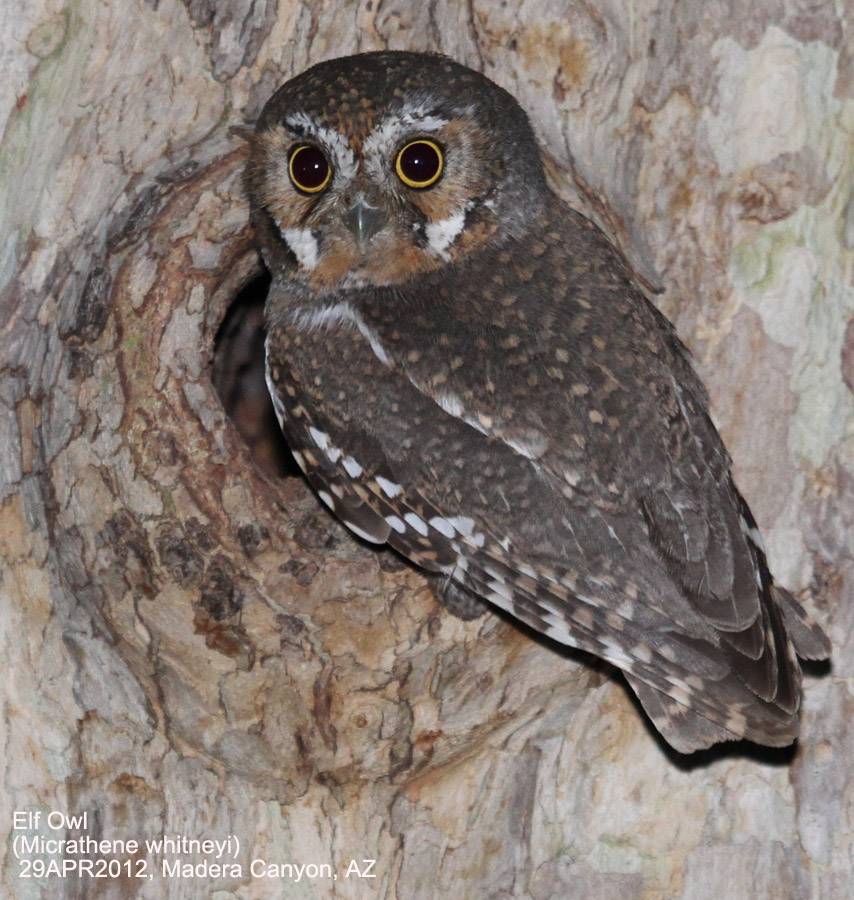
Elf Owls are the world’s tiniest owls and are a dry scrub and desert species; hence they can only be found in West or South Texas.
In oak and cottonwood trees, they frequently live in old woodpecker holes.
These little owls are migratory, breeding in Texas in the spring and early summer before heading south in the fall.
So keep an eye out and a listening ear out for these birds in the last days of April.
The Elf Owl’s main sources of food are bugs and tiny reptiles.
Elf Owls start making chirping sounds around nightfall.
They migrate south into Mexico throughout the winter to maintain an adequate food source, as their diet consists nearly entirely of insects.
Unfortunately, they are becoming increasingly uncommon in Texas because of habitat degradation.
Their nests are frequently in ancient woodpecker cavities in cacti, trees, or even utility poles, and they reside in Saguaro deserts and forested valleys.
Below are the characteristics of the Elf Owl,
| Scientific Name | Micrathene whitneyi |
| Family Name | Strigidae |
| Length | 5.7 – 6.3 inches |
| Weight | 1.4 – 1.6 oz |
| Wingspan | 9.8 – 10.6 inches |
| Habitat | inches Sonoran and Mojave Deserts, Arid regions |
| Food | Insects (especially moths and beetles), Spiders |
14. Ferruginous Pygmy-Owl

They are amongst the few birds that may be witnessed during the day.
Normally owls are nocturnal and don’t show much during the daytime.
They are found in Texas because they remain in a tropical environment.
They are one of the few species of Owl that may be seen during the day.
The majority of owls are only active after dark.
These owls spend the entire year in Southern Texas, their preferred tropical habitat.
The Ferruginous Pygmy-Owl gets its name from its little height of 6.5-7 inches.
The belly of this owl species in Texas is significantly whiter than the back, and it is brown or white and grey in hue.
They also feature white-streaked crowns and white ‘eyebrows’ of them.
Their eyes have a bright golden tint, and their heads are sleek and spherical.
Ferruginous Pygmy-Owls eat mostly insects, especially insects, grasshoppers, spiders, tiny reptiles, and even smaller birds like the Eastern Meadowlark due to their small size.
This adorable tiny Owl is prevalent in Central and South America’s tropics but uncommon in the United States.
Below are the characteristics of the Ferruginous Pygmy-Owl,
| Scientific Name | Glaucidium gnoma |
| Family Name | Strigidae |
| Length | 6 – 7 inches |
| Weight | 2.3 – 2.8 oz |
| Wingspan | 12 – 16 inches |
| Habitat | Coniferous and mixed forests, Woodlands |
| Food | Small birds, Insects, and Small mammals |
15. Flammulated Owl

The Flammulated Owl gets its name from its plumage fire pattern, known as ‘formulating’ among birds.
The Flammulated Owl does have reddish markings that look like flames and split embers.
Aside from that, they’re usually light, dusky grey, or brown, with a few darker stripes.
Their eyes are large and completely black.
This Owl’s formulated look is attractive, but it also offers excellent camouflage, which helps them hunt at night.
Unfortunately, this makes sightings even more uncommon!
Another little owl, the Flammulated Owl, is approximately the size of a soda can.
Because of their diminutive size and excellent camouflage, they are nearly hard to spot during the day.
These owls are mostly found in the western part of the United States; however, they only make it as far east as Texas.
They are most prevalent in west Texas, although rare sightings have been reported in south and east Texas.
Some Flammulated owls mate here, whereas others simply visit on their way south.
Listen attentively to their t low-pitched hooting noises at night for the best chance of discovering one.
For an owl of their size, they have a big windpipe.
As a result, their hoot is softer in intensity and pitch than it would be for a little bird.
Below are the characteristics of the Flammulated Owl,
| Scientific Name | Psiloscops flammeolus |
| Family Name | Strigidae |
| Length | 6.7 – 7.5 inches |
| Weight | 1.4 – 2.3 oz |
| Wingspan | 15.8 – 16.9 inches |
| Habitat | Coniferous and mixed forests, Woodlands |
| Food | Insects (moths, beetles, and other insects) |
Conclusion
As we conclude our journey through the enchanting realm of Texas owls, one thing becomes abundantly clear: the Lone Star State is a true haven for these magnificent birds of the night.
Each owl species we’ve encountered has its unique charm and significance, contributing to the delicate balance of our ecosystem.
From the elusive Barn Owl to the striking Snowy Owl, Texas offers a diverse and thriving owl population that continues to awe and inspire us.
These remarkable creatures play a vital role in controlling rodent populations, helping maintain the delicate equilibrium of nature.
As we appreciate the beauty and mystery of these nocturnal wonders, let us also remember the importance of conservation efforts to protect their habitats and ensure their survival for generations to come.
By safeguarding the natural spaces that these owls call home, we can ensure that future Texans will have the opportunity to witness the magic of these captivating birds.
So, the next time you find yourself outside under the Texan sky, take a moment to listen for the haunting calls and watch for the silent flight of an owl.
Let their presence remind us of the rich biodiversity surrounding us and the responsibility we have to preserve it.
Together, we can create a future where these 15 types of owls in Texas continue to enchant and grace our lives with their timeless allure.
FAQ
Are all Texas owls nocturnal?
Yes, owls are primarily nocturnal creatures, which means they are most active during the nighttime. Their specialized adaptations, such as excellent night vision and acute hearing, make them efficient hunters during low-light conditions.
What do owls eat in Texas?
Owls in Texas have varied diets depending on their species and habitat. Most owls are carnivorous and primarily feed on small mammals like mice, rats, and voles. Some species also consume insects, birds, and even fish in the case of the Snowy Owl near coastal regions.
How can I identify different owl species in Texas?
Identifying owls can be challenging as they are often nocturnal and elusive. However, key features to look for include size, coloration, facial disk patterns, and ear tufts (which are not actually ears but feathers). Consulting field guides or using online resources with owl calls and images can aid in identification.
Are owls in Texas endangered or protected?
Several owl species in Texas, like the Northern Spotted Owl, are listed as threatened or endangered due to habitat loss and other factors. Federal and state laws protect many owl species, making it illegal to harm, harass, or possess them without proper permits.
Where can I find owls in Texas?
Owls inhabit various habitats across Texas, such as forests, woodlands, prairies, and even urban areas. Look for them near wooded areas, parks, or open fields where they can find suitable prey and nesting sites.
Do owls migrate in Texas?
While some owl species in Texas, like the Short-eared Owl and Snowy Owl, are migratory and only visit during certain seasons, most resident species stay in the region year-round.
Can owls be kept as pets in Texas?
Keeping owls as pets is illegal in most places, including Texas. Owls are wild animals with specific dietary, environmental, and behavioral needs that are challenging to meet in captivity. It is essential to respect their wild nature and observe them from a distance.
How can I help conserve owls in Texas?
You can contribute to owl conservation by supporting local wildlife organizations, participating in habitat restoration efforts, and spreading awareness about the importance of preserving natural spaces. Avoid using harmful pesticides and chemicals that may affect owl prey, and remember to keep a safe distance from nesting areas to avoid disturbing these magnificent birds.
Last Updated on July 28, 2023 by Lily Aldrin
